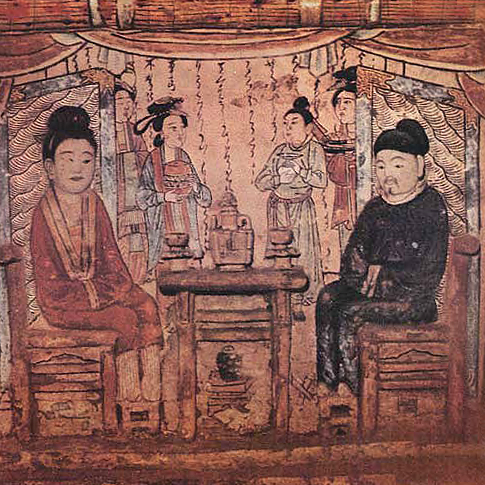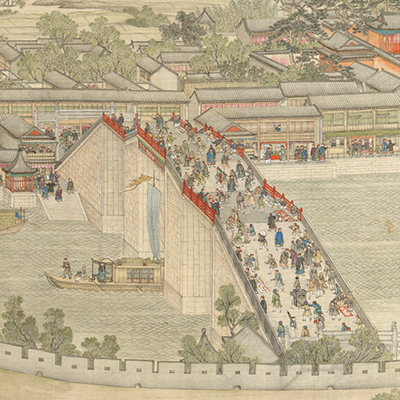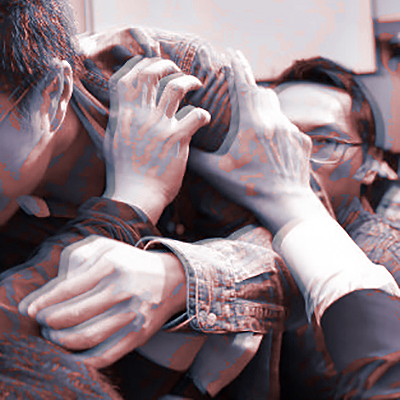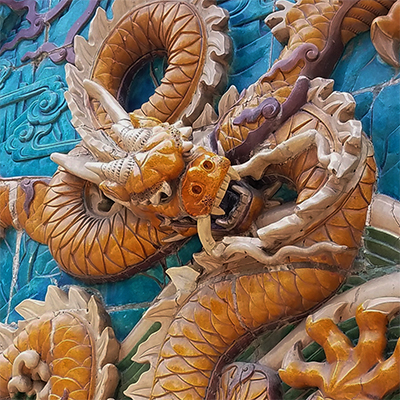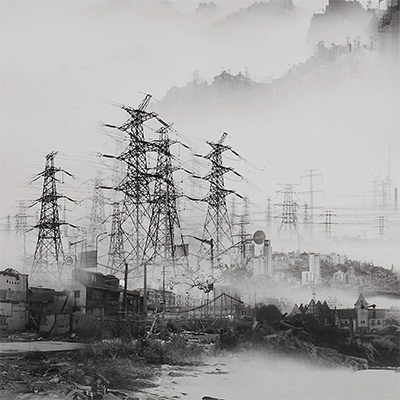
Cultural Heritage in China as Endangered Species?
Since the economic reforms began in 1978, China has prioritized urban development and implemented vast infrastructure projects on an unprecedented scale. As a consequence, historic neighborhoods have been dismantled and erased, cultural landscapes instrumentalized and commercialized, and living human treasures forced to migrate or repackage their lives. Cities with long-standing, localized traditions have fragmented, while developers (usually well-connected) have contested, distorted, or deflected legitimate processes to preserve heritage. Where there were once cultural corridors, we now see disconnected islands.
The concept of "heritage,” as first articulated in Euro-America, has focused mainly on architecture and monumental archaeology and, more recently, on the planet’s natural heritage. As soon as the idea hit China, however, "heritage" began to encompass a much broader range of cultural forms and values, including religious sites and rural villages. Inevitably, to evaluate the politics of heritage means asking how "managing" heritage ties into political campaigns and economic calculations. Drawing upon their extensive fieldwork in China, panelists ask, Who ultimately benefits from the policies and politics of heritage? Ideally, how should a site — say, a Buddhist temple, or a Qing-era assembly of houses that no longer fits "modern" life or building codes — be restored and rebranded?
This event is part of a yearlong series grounded in the conviction that it has become essential for the United States to engage in dialogue with China. If we are not simply to challenge but to co-exist with China, we need a better understanding of the country’s complex contemporary reality — which in turn requires engagement with the longstanding historical and cultural roots from which today's reality has sprung. The series brings together Chinese and Western panelists to engage in cutting-edge dialogue on the history and current state of Chinese art, culture, and politics. Offering innovative, thoughtful approaches to the study of China, the conversations aim to provide rich intellectual resources as the US and China chart an unknown but surely entangled future.
In Dialogue with China: Art, Culture, Politics is organized by Michael Nylan (History) and Hans Sluga (Philosophy).
Participants:
Wei ("Windy") Zhao teaches in the School of Design at Louisiana Tech University. She is the author of Yanxia laojie 岩下老街 (Historic Paths in Yanxia, 2013) and Home beyond the House: Transformation of Life, Place, and Tradition in Rural China (Routledge, fall 2022), which is based on extensive fieldwork conducted in 2007 and 2019.
Thomas Hahn is a cultural geographer with forty years of fieldwork experience in China. His publications reflect research on Chinese gazetteers, the Grand Canal, and religious communities, especially those based in mountains. His current projects address such topics as the rapid transformation of urban and ex-urban heritage sites into commercialized spaces, and intergenerational equity in relation to environmental issues.
Companion Film Series
In conjunction with the Townsend Center events, UC Berkeley Art Museum and Pacific Film Archive presents the film series In Dialogue with China: Family, Memory, Resistance, and Change, focusing on the work of three contemporary Chinese filmmakers. See BAMPFA for tickets and more information.
